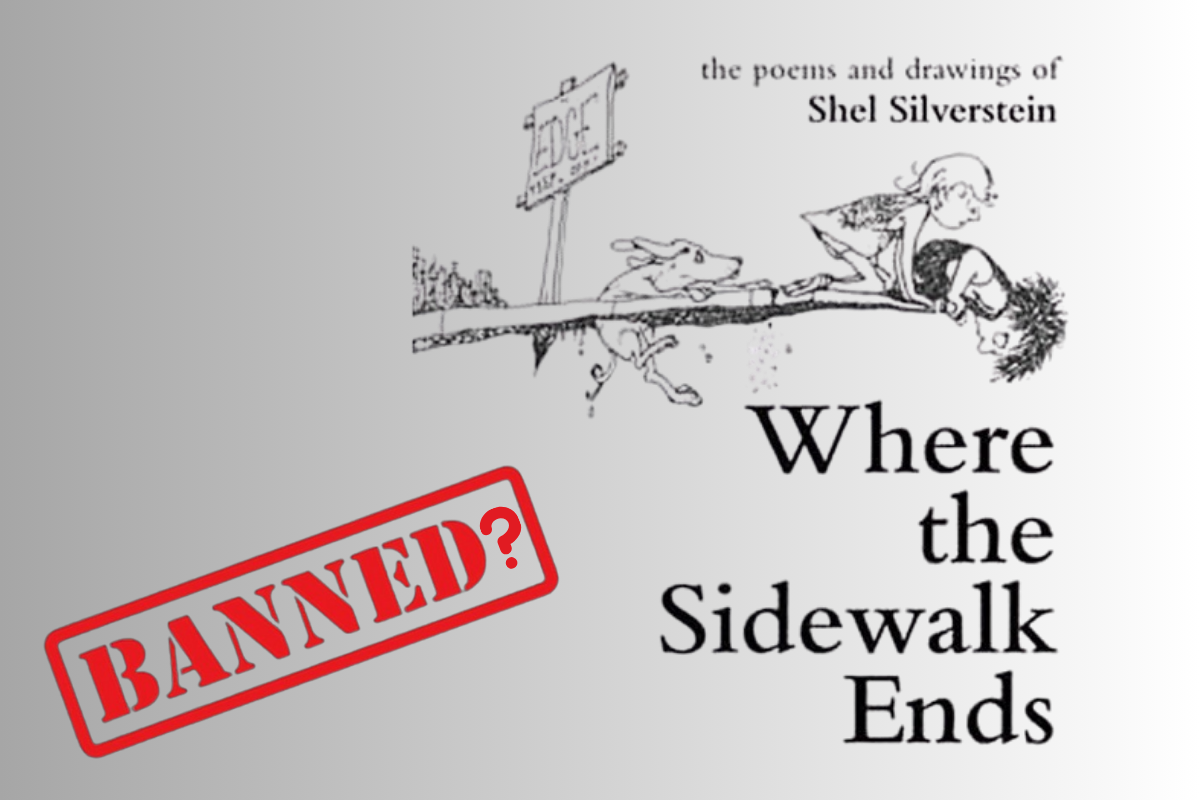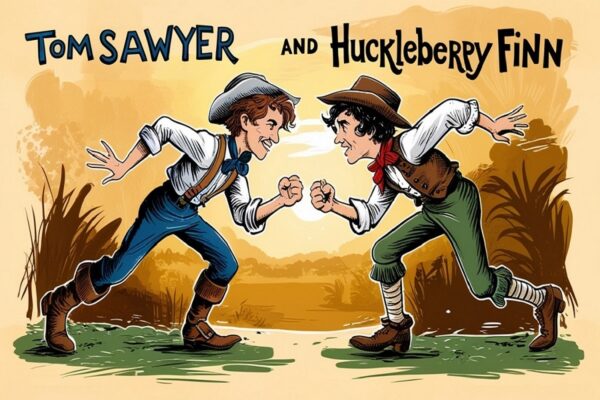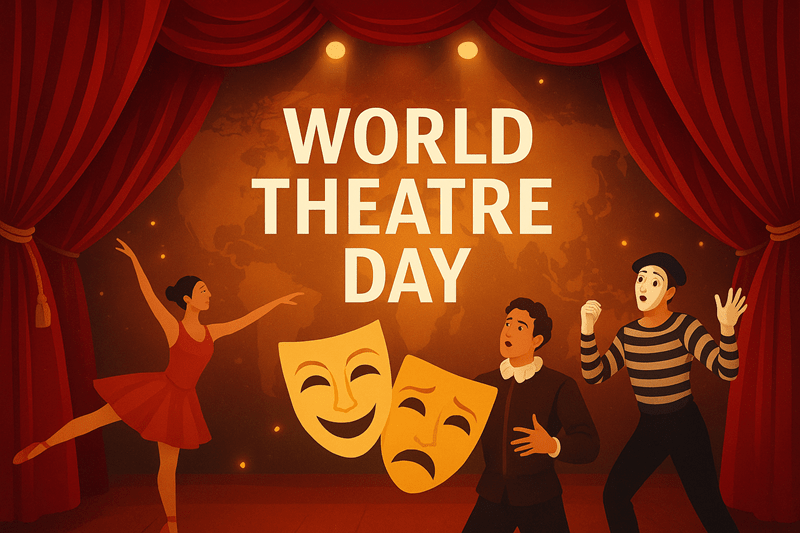Shel Silverstein’s Where the Sidewalk Ends is more than just a collection of children’s poems. It’s a gateway to a world brimming with imagination, where silly creatures frolic alongside poignant reflections on life. Despite its enduring popularity, the book wasn’t without its challenges, facing criticism for its seemingly “inappropriate” content.

Why was Where the Sidewalk Ends Banned?
Shel Silverstein’s Where the Sidewalk Ends wasn’t banned outright, but it did face challenges. There were attempts to remove it from some school libraries in the 1980s.
Here are the main reasons for the controversy:
1. Content Concerns: Some parents and educators found the book’s content inappropriate for children. This included:
- Darkness and Death: Poems like My Beard and Dreadful touch on death and loss, which some felt were too mature for young readers.
- Rebellion and Disrespect: Few poems had themes of questioning authority or challenging societal norms. This includes Listen to the Mustn’ts. These were seen as potentially encouraging disobedience.
- Profanity and Vulgarity: A few poems use mild profanity, which some adults find offensive for a children’s book.
- Selflessness: Giving Tree explores the dangers of selflessness and the importance of setting boundaries.
2. Humor and Interpretation: Silverstein’s signature dark humor and sometimes nonsensical content were misinterpreted by some adults. They worried that the poems wouldn’t be understood by children or might lead them down the wrong path.
Poems like People Zoo and Boa Constrictor showcase his ability to blend humor with social commentary. It encourages readers to think critically about the world in a way that’s both entertaining and thought-provoking.
It’s important to note that these objections were raised by a minority. Many parents and educators valued Silverstein’s ability to address complex emotions and situations in a relatable way for children.
What Happened After the Challenges Faced by Where the Sidewalk Ends?
1. Limited Impact: The attempts to ban the book were largely unsuccessful. Where the Sidewalk Ends remains a popular choice in schools and libraries across the world.
2. Open Discussion: The controversy sparked conversations about the role of children’s literature and the importance of critical thinking in young readers.
Recommended: Why was Where’s Waldo Banned? Unveil the Mystery
What is the Message of Where the Sidewalk Ends?
Where the Sidewalk Ends by Shel Silverstein doesn’t have a single, clear-cut message. Instead, it offers a multifaceted exploration of childhood through a collection of poems. Here are some key messages woven throughout the book:
1. Embrace Imagination: The book encourages children to tap into their creativity and explore the power of imagination. Poems like Where the Sidewalk Ends and Lafcadio: the Lion Who Shot Back transport readers to fantastical worlds, showcasing the joy and possibilities that imagination unlocks.
2. Question the Norm: Poems like Listen to the Mustn’ts celebrate nonconformity and questioning authority figures. This message empowers young readers to find their own voices and explore their individuality.
3. Process Difficult Emotions: The book doesn’t shy away from complex themes like loss, mortality, and disappointment. Poems like My Beard and Dreadful touch on such topics in a way that is honest yet sensitive.
4. Celebrate Self-Expression: Silverstein’s playful language, humor, and use of the absurd allow children to express themselves freely. The book encourages them to see the world through a different lens and find joy in the unconventional.
5. Develop Critical Thinking Skills: The poems often have deeper meanings that go beyond the surface. This encourages children to think critically, analyze situations, and question the messages they encounter.
6. Find Beauty in the Simple: Silverstein reminds us of the wonder hidden in everyday life. Poems like Falling Up and Captain Hook showcase how imagination can transform even the most mundane into something extraordinary.

Is There Any Drug Reference in Where the Sidewalk Ends?
There isn’t a direct drug reference in Where the Sidewalk Ends by Shel Silverstein. The controversy surrounding the book stemmed from other elements like mild profanity and references to death, not drugs.
Here’s a breakdown of the potential misunderstandings:
1. Misinterpreted Humor: Silverstein’s signature dark humor can sometimes be misinterpreted by adults. Poems with elements of silliness or absurdity might be seen as suggesting something deeper, which isn’t always the case.
2. Focus on Content: The debate surrounding the book often centered on specific words or themes, neglecting the overall message and playful tone.
3. Shifting Norms: What might have been considered inappropriate content in the 1980s, when the book faced challenges, is viewed differently today.
However, it’s important to remember that children are often more literal in their interpretation. They’re likely to focus on playful language, silly scenarios, and vibrant illustrations rather than reading deeper meanings that might not be intended.
Some of the Best Poems in Where the Sidewalk Ends
Deciding the “best” is subjective and depends on personal preference. However, here are a few poems consistently mentioned as favorites by readers and critics alike:
- Where the Sidewalk Ends
- Giving Tree
- Listen to the Mustn’t
- People Zoo
- My Beard
- Falling Up
These are just a few examples, and the “best” poem will likely vary depending on the reader’s age, interests, and emotional state.
Conclusion
Overall, the challenges faced such as being banned by Where the Sidewalk Ends highlight the ongoing debate about appropriate content for children. While some adults might find certain themes unsettling, Silverstein’s playful language and whimsical illustrations continue to resonate with young readers who appreciate his honest and sometimes subversive approach.
Recommended: Why is Harry Potter banned in the USA, India, and UAE?



